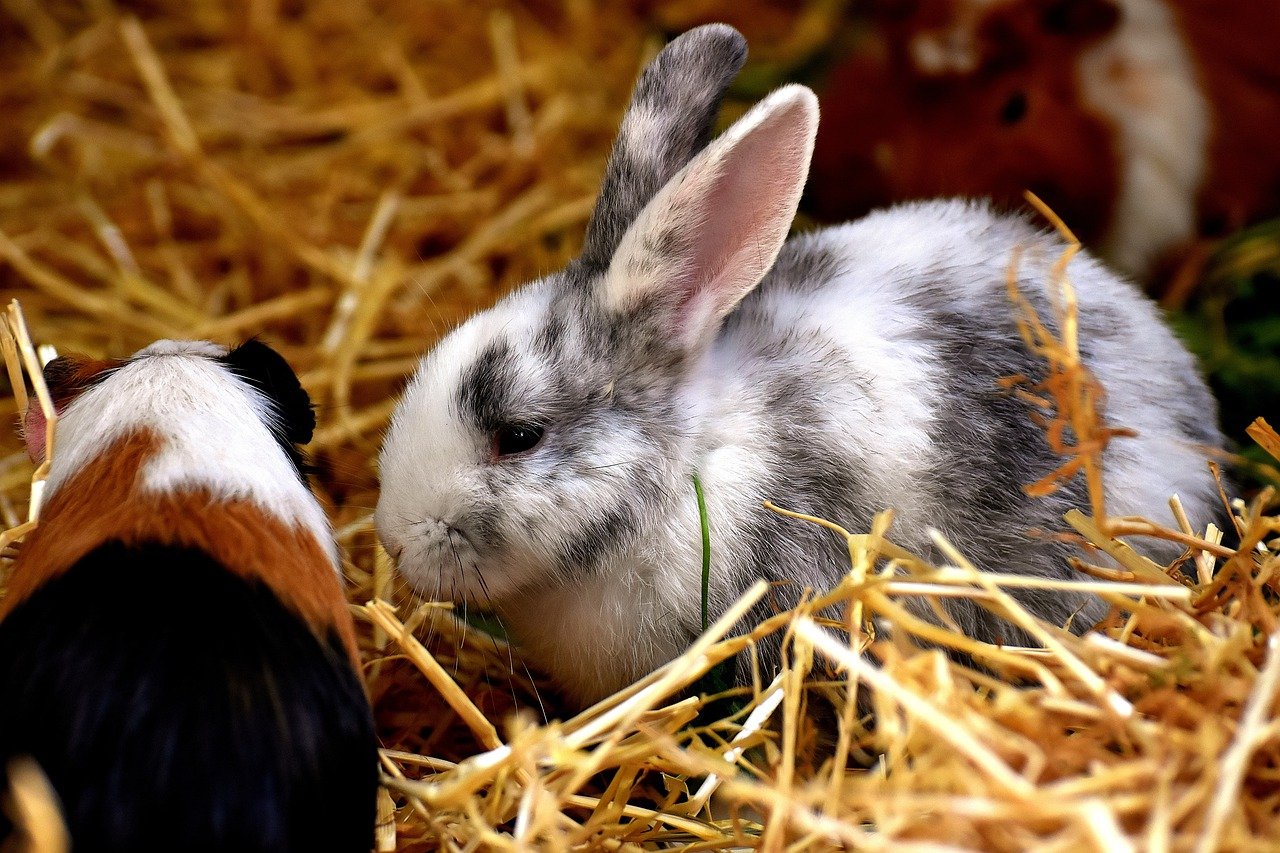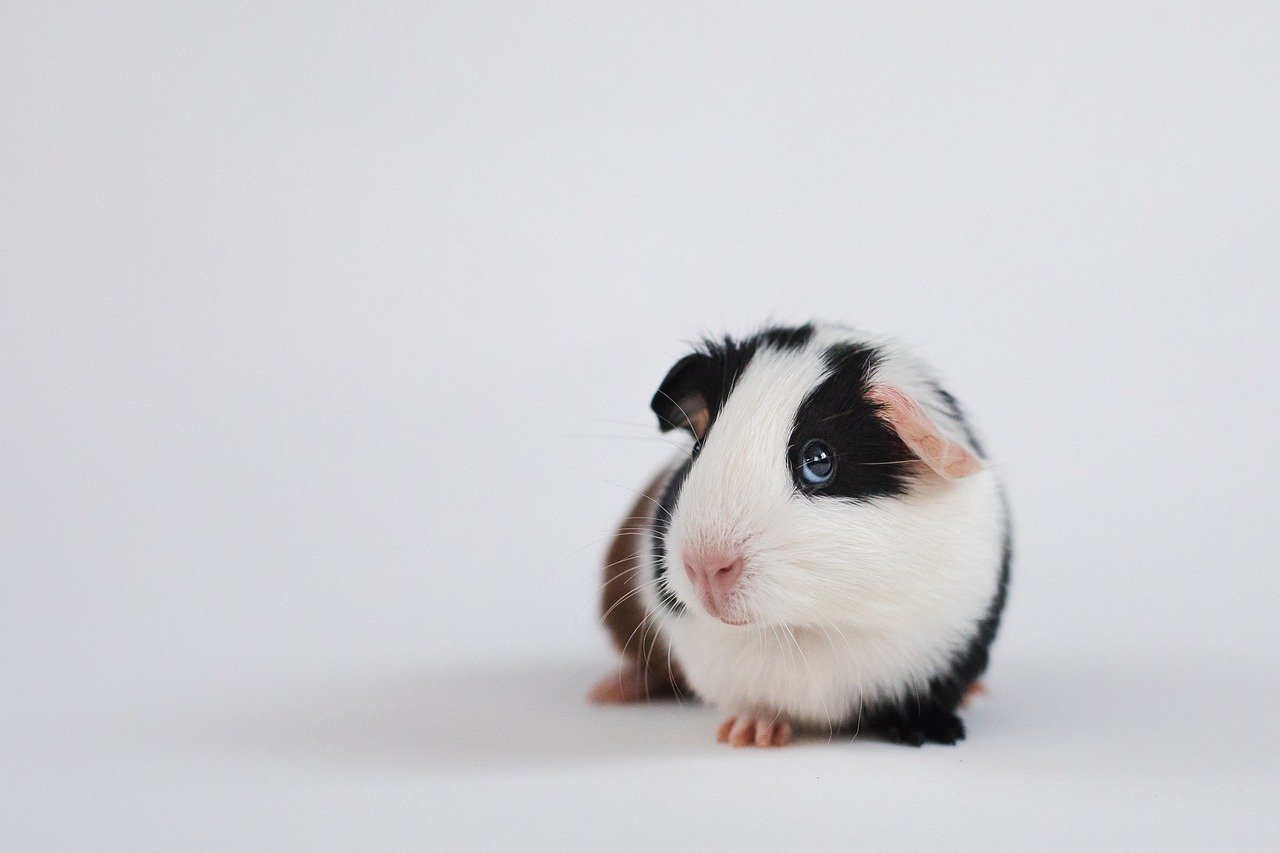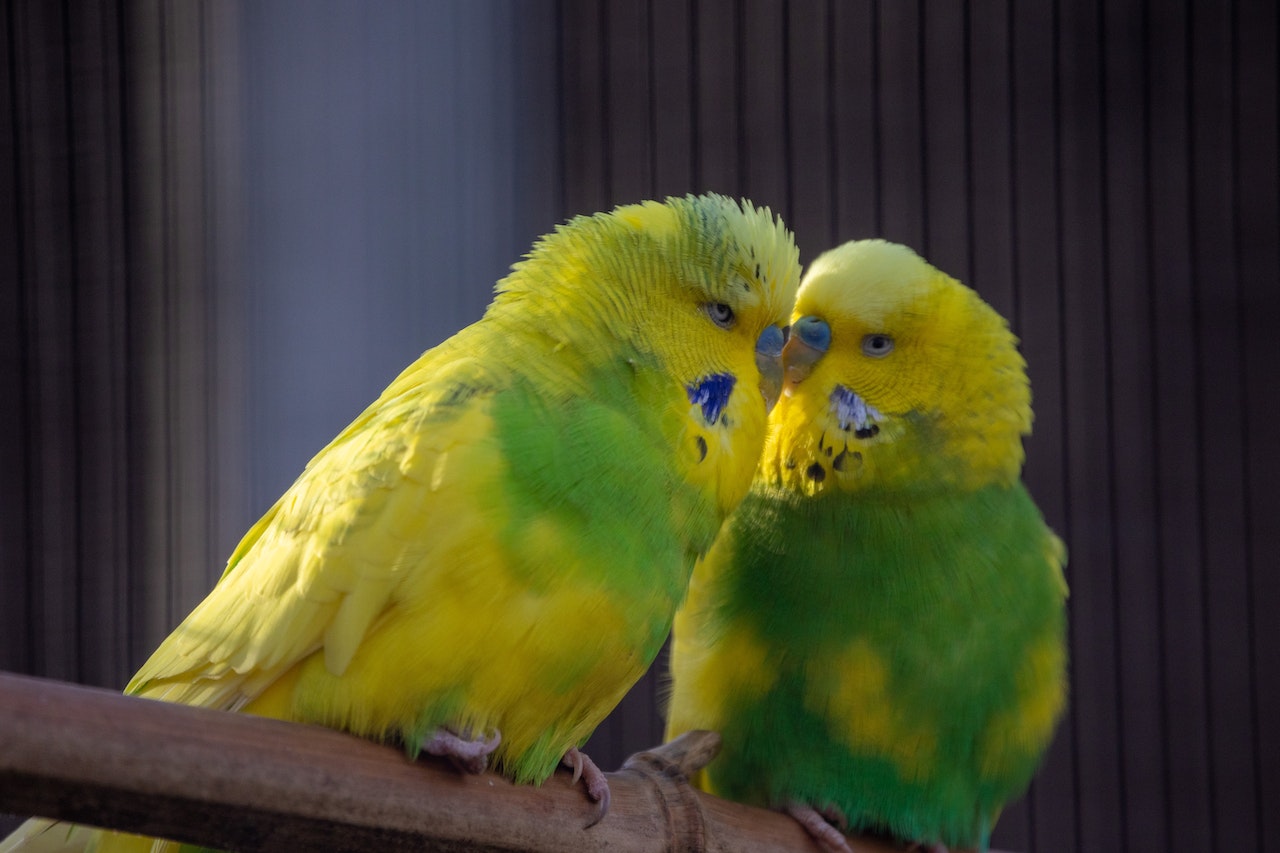Most people don't like to be alone. Artist Andy Warhol once said, "One is a company, two is a crowd, three is a party."
But what about rabbits, guinea pigs and other small animals: How many members of their own species do they need in their pack to lead a happy animal life? And are there species that prefer to be kept alone?
First things first: Most rodents, ornamental birds and other small animals are very social. They need contact with their peers to feel comfortable. We humans are not an adequate substitute for their feathered or plush friends. Especially since many of the "little ones" don't attach great importance to being picked up and stroked anyway. Although some of them can be quite tame if their bipeds are patient (and have a treat or two).

Buddy for the rabbit
A rabbit kept alone suffers tremendously. It needs at least one, preferably two or three other rabbits by its side to satisfy its need for company. The Animal Welfare Association recommends different group compositions. For example, it is possible to place a castrated male with one to three females. However, two castrated bucks with two to four female rabbits or just castrated bucks can also be kept in small groups. The castration of the male animals not only prevents unwanted offspring - this medical intervention can also prevent fights over hierarchy.
prevent dispute
Keeping only females or unneutered bucks together is not a good idea. In the case of rabbits of the same sex, violent arguments can occur from puberty, i.e. from the age of six to ten months. The animals can inflict serious wounds on each other - even killing one of the rabbits. In order to avoid quarrels, the home of the long-eared bats should be large enough and furnished in a species-appropriate manner. For indoor keeping, for example, an open enclosure with a size of 1.5 x 0.75 meters is recommended. It allows the active animals to hop around the room to their heart's content at any time.

Mummelmann plus Meerli?
And what about guinea pigs? Can meerlis and rabbits be kept together? After all, the hearts of many small animal fans beat for both species. What could be more obvious than putting the peaceful four-legged friends in a shared enclosure ?
In fact, rabbits and guinea pigs would never cross paths in the wild. The long ears originally come from North Africa, Spain and Portugal, while guinea pigs are native to South America. Their communication is very different from each other - they both speak different languages, so to speak.
If they share an enclosure, guinea pigs and munchkins often live side by side. The buddy from the other continent cannot replace a conspecific.
Nevertheless, it is basically possible to keep the animals together. Prerequisite: Both have their own kind by their side and the small animal shelter is big enough to avoid each other if necessary. Under these conditions, a cross-species friendship can develop - and Meerli and rabbits even cuddle together.
Please no solitary confinement!

There are also a few things to consider when putting together a group of guinea pigs. The cute rodents need family contact and under no circumstances should they sit alone in the cage.
By the way: According to the Animal Welfare Act , pets must be kept according to their species and needs. For social animals like guinea pigs, this means: no "pig confinement", because that would be animal cruelty!
But what does she look like now, the perfect Meerli clique ?
The Animal Welfare Association recommends the following constellations: one castrated male plus two females or two castrated males with four females. Often a purely "women's household" works without any problems.
The guinea pig home should be sufficiently large and attractively structured to enable harmonious coexistence. It should have a floor space of at least two square meters so that the pigs can run around.
The hamster as a soloist
Most other rodents such as chinchilas , degus, pet mice and rats are also very sociable and need fur friends by their side to keep them in a species-appropriate manner.
But there is one exception: hamsters are pronounced loners. Regardless of whether golden hamster, dwarf hamster or teddy hamster, the button-eyed minis can easily do without their own kind. Most hamster species also spend their lives as singles in the wild. Males and females only find each other during the mating season. If the small rodents are put in a cage together despite their solo lifestyle, bloody attacks can occur - up to and including the death of one of the opponents.
Only a few dwarf hamster species such as the Roborowski dwarf hamster, the Campbell dwarf hamster and the Djungarian hamster can dare to be kept in groups by hamster connoisseurs. However, if there are signs of quarrels, the animals must be separated immediately. This requires a great deal of instinct and experience, which is why beginners should also keep these species individually.
Budgies in love
Bird lovers should also find out exactly what their pets need if they want to give budgerigars, zebra finches or cockatiels a home. For example, budgies live together in large flocks in their natural homeland of Australia. Within the group, couples often form who stay together for years or even for life. The animals form a close bond, feeding and grooming each other. So, keeping them alone is not an option for these social mini parrots.
A human can never replace the feathered partner - and certainly no mirror and no plastic dummy. These supposed aids can even harm the bird and have no place in the aviary. If you want to keep budgies, you should take in at least one pair. Rooster and hen usually get along particularly well and two males usually live harmoniously together. Only among females can quarrels occur more often. If there is enough space for a larger group of budgies, an even number of birds should be allowed to move in. So every budgie can find a partner. After all, who (apart from the hamster) likes to be alone?










